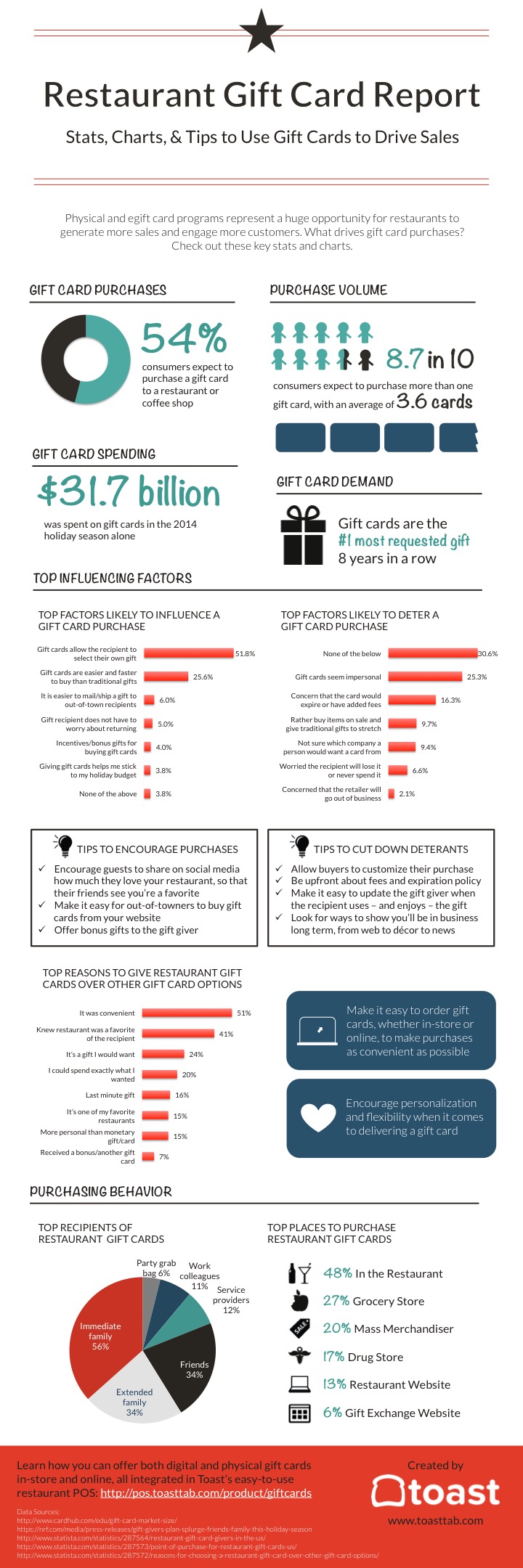Comparing Cream Etching Vs Abrasive Techniques
Exactly How Engraved Glass Ended Up Being a Symbol of PrestigePersonalized glass awards stimulate an undeviating spirit of devotion and excellence. They cultivate a culture of acknowledgment that transcends ordered limits.
Wheel engraving is shown on a goblet most likely made in the 1700s covered with intricate Chinese-style concepts. These motifs introduced allegiance to the Jacobite reason. This is an amazing instance of exactly how imported Eastern products affected European design fads.
Origins
As glassmaking came to be much more innovative, engravers knew that a layout contributed to an item of glass transformed it from useful into preferable. They experimented with a selection of scratching, abrading and cutting strategies.
The most knowledgeable engravers created fine in-depth job. Anna Roemers Visscher, that was a glass cutter and engraver, was renowned for her delicate blossoms, inspired by the natural history publications popular in her time.
Engravers likewise sculpted fine linework right into glass. By the end of the 17th century, engravers had actually begun to desert straight clarity in favour of crosshatched chiaroscuro impacts. Among the earliest examples is taped on a jug by a Rotterdam engraver who authorized his collaborate with a doodled liberty and vigour that lifted it above the remainder.
Inscribing continued to be a prominent strategy, although it was increasingly overshadowed by cut glass and brand-new techniques such as etching, which was more affordable than inscribing. However, economic pressures after c1905, together with decreasing top quality of cut glass, saw a rise in the popularity of personalized glass, called rock crystal.
Techniques
Glassmakers used a range of strategies to mark or enhance the surface of a vessel, often combining different techniques. One method called stipple inscription, for example, uses a point of tungsten or ruby to make small dots on the glass surface area which develop contrasting white lines when light shines through them.
Engraved glass awards are treasured for their style and prestige. They reflect the deep esteem and respect that business hold for their workers and cultivate a society of quality.
The translucency of glass symbolizes the openness and sincerity of corporate recognition, encouraging recipients to take stock of their accomplishments and assess their trip in the company. In addition, the capacity of personalized glass to display customized text and imagery enables the development of extremely special and purposeful honors that stimulate the feeling of greatness related to this impressive product.
Designs
From the smooth lines of company honors to the engraved message on glass prizes, etched crystal is a sophisticated sign of acknowledgment. Whether shown on someone's workdesk or maintained as a memento, these individualized items communicate a sense of eminence and expertise that is hard to locate in various other materials.
The style of engraved glass has transformed with time to mirror transforming preferences and technological advancements. The ancient technique of copper-wheel inscription has actually resisted predictions of obsolescence, and new techniques like etching are taking over where stippling as soon as held sway.
The earliest diamond-point inscription, of the 16th century, is rigid and formal. It gradually became extra flexible and pleasing, however might easily degenerate right into over-elaboration. In the 19th century Thomas Webb & Sons presented "rock crystal" with deep cutting and copper-wheel engraving, which imitated luxury vessels cut of rock crystal in Europe and the Orient (see Ewer by Webb & Sons). The company's primary engravers were Bohemian immigrants Frederick Engelbert Kny and William Fritsche, who signed their collaborate with a monogram G.
Meaning
Personalized glass was costly and sought after. This was long-term care of glass because it entailed one of the most demanding glass refining technique and relied on the accuracy and effort of a skilled artisan. The highest point of engraving can be found in the 17th century and was significantly a part of the Baroque and Rococo periods.
During this moment, engraved goblets could be made use of to interact messages of social status. They would certainly show family crests and political obligations. They might also display one's taste for the latest style and design fads.
Today, engraved glass is still an important art kind. Nevertheless, advances in modern technology and laser technology have structured the process and made it more exact. The resulting elaborate designs are both sensational and resilient. In addition, new sorts of glass have been created to respond better to lasers. This has actually expanded the opportunities for artists and developers. It also decreases the environmental influence of the process. As an example, optical crystal is an exceptional choice for engraved honors since it is clear and mirrors light well.
